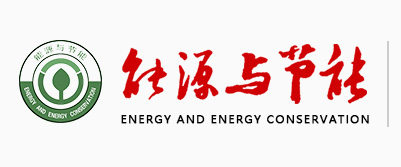202310
建筑集成光储系统中的储能配置和运用要点研究
田品慧,朱显浩,朱永强
(华北电力大学电气与电子工程学院,北京 102206)
摘要: 在建筑中配置光伏发电和储能系统,可以使其从单纯的耗能建筑向集能源生产、消耗、调节功能于一体的载
体转变。为了完善当前建筑储能配置体系,提出了光伏建筑在选择储能技术时需要把握安全可靠性、经济性、环保性等
原则,从建筑储能类型选择尧储能容量配置和储能装置布置3 方面介绍了建筑光储系统中储能部分的配置和运用要点。
首先,根据建筑实际情况选择了合适的储能类型;其次,介绍了3 种常见应用场景下的电池容量设计思路;再次,提出
了储能装置布置应遵循的原则;最后,结合实际建筑案例对上述配置和要点的应用进行了分析,旨在为储能系统在光伏
建筑中的推广提供有益的参考。
关键词: 建筑储能;设计要点;类型选择;容量配置;装置布置
中图分类号: TM726 文献标志码: A 文章编号: 2095-0802-(2023)10-0037-04
Configuration and Application Rules of Energy Storage in Building Integrated PV
and Storage System
TIAN Pinhui, ZHU Xianhao, ZHU Yongqiang
(Department of Electrical Engineering, North China Electric Power University, Beijing 102206, China)
Abstract: The configuration of photovoltaic power generation and energy storage systems in buildings can transform them from
mere energy-consuming buildings to carriers that integrate energy production, consumption and regulation functions. In order to
improve the current building energy storage configuration system, it was proposed that photovoltaic buildings need to grasp the
principles of safety and reliability, economy and environmental protection when choosing energy storage technology, and the
configuration and application points of the energy storage part of the building photovoltaic storage system were introduced from
three aspects: energy storage type selection, energy storage capacity configuration and energy storage device arrangement. Firstly,
the suitable energy storage type was selected according to the actual situation of the building; secondly, the battery capacity
design ideas for three common application scenarios were introduced; subsequently, the principles to be followed for the
arrangement of energy storage devices were proposed; finally, the application of the above-mentioned configuration and points
were analyzed in the light of actual building cases, aiming to provide useful references for the promotion of energy storage systems
in photovoltaic buildings.
Key words: building energy storage; design elements; type selection; capacity configuration; installation layout


